
My grandmother would have disapproved of Nandan Nilekani. Brought up in a milieu where one's name was one's identity, she was outraged when the post office where she had gone to collect a registered letter asked her to prove who she was.
Stomping out, she went back next day with a much younger cousin. "And who will identify her?" the postmaster asked cheekily.
That was in the 1950s, with the Unique Identification Authority of India (UIDAI) and its illustrious chairman not even twinkles in anyone's eye.
...

Attitudes in my grandmother's world hadn't changed since Queen Victoria was astonished to learn that Disraeli needed a railway ticket to visit her at Balmoral.
She didn't expect her prime minister to travel free, but it was a shocking aspersion on his honesty that he needed proof of payment.
We have become used since then to ignoring at every turn Descartes' "Je pense donc je suis, I think, therefore I am" dictum.
In India, where all the rules the British left behind are refined to absurd extremes, a man who invests his savings in the LIC doesn't just have to survive to get some of it back.
He must appear before the LIC officer who knows him well armed with a certificate from some totally unknown gazetted officer saying he has survived!
...
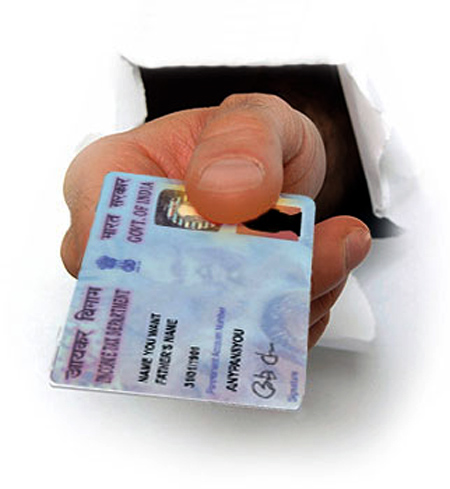
Ration cards, voter's cards, PAN cards and passports are the currency of this new Orwellian state in which I exist at the Registrar General's whim.
We are told that the UIDAI was inspired by the noble purpose of identifying below poverty line families: the starving, too, must be certified by a bureaucrat to be starving.
From there it was a hop, skip and a jump to visualise a National Population Register and multi-purpose national identity cards for all citizens.
...
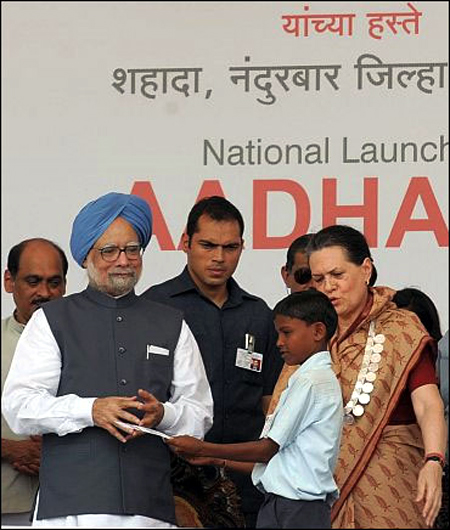
I would much prefer schools, hospitals and jobs for all citizens. But that means spending on old-fashioned welfare, not new-fangled technology.
My wife and I experienced it last Wednesday. Told to register at 10 a.m., we arrived 15 minutes early to find a row of neatly labelled locked doors and some people hanging about with nowhere to sit except the dusty floor.
Shortly after 10, a scruffy young man unlocked the doors from outside; another equally scruffy youth arrived clutching laptops and other equipment, but they couldn't start because the man who checks documents hadn't arrived.
...
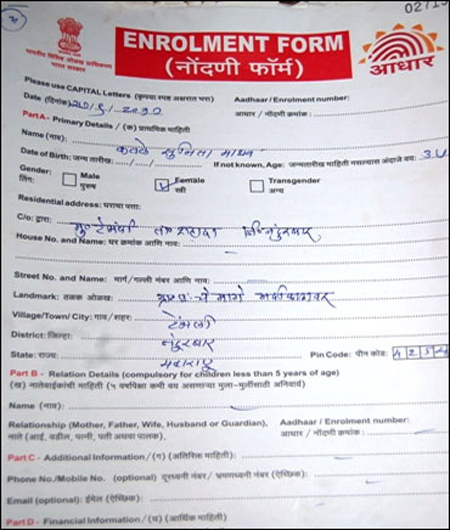
Meanwhile, everyone pushed and shoved. "I was here before you... No, I was waiting in that room..." The arguing and jostling gathered momentum.
Just as I was beginning to fear that the bedraggled queue might turn into an unruly crowd, another young man – or perhaps one of the earlier crop, they all looked as if they had been dragged in from the streets – began collecting the forms we had been brandishing.
But a shout of protest suddenly warned that the youth had turned the pile of forms upside down with the result that it was last come, first served.
...
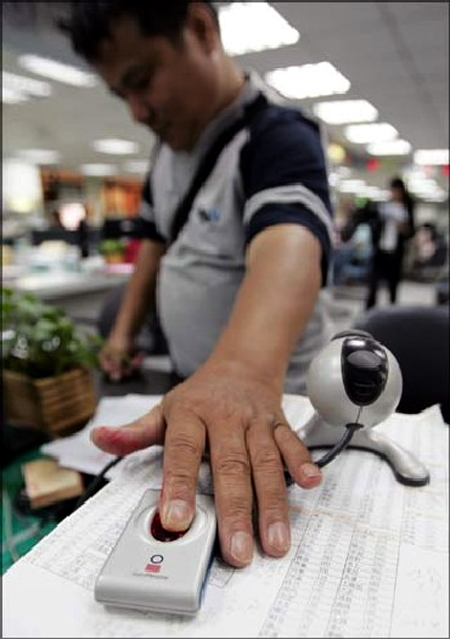
Not just that. A burly family arrived, shouldered their way into the small room sat down and demanded attention before anyone else.
I was in for a shock when I faced one of the scruffy youths. He rifled through the forms several times and said mine wasn't there until I leant over and pointed out that it was the second from the top.
English wasn't his strong point. Fingerprints and photographs were taken, and then came another shock. The biometric capture device was held against my forehead, wiggled down to the bridge of my nose, first one eye, then the next, and up again to my forehead.
...
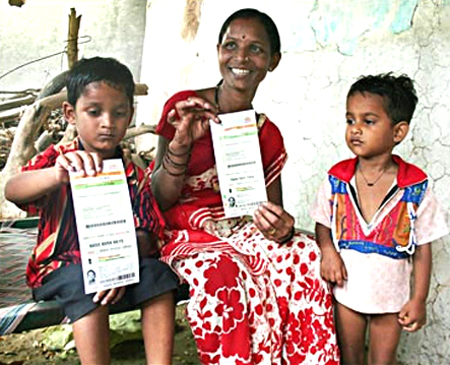
The youth manipulating it turned helplessly to an older man who shrugged and said let it be.
A third shock awaited me. Asked to check the computer screen, the first thing I saw was someone else's name at the top. Responding to my frenzied protest, the boy replaced it with mine.
But though the proud owner of a UIDAI slip with my photograph, I can't be certain that the fingerprints and biometric data are mine. The mobile number is my wife's.
...
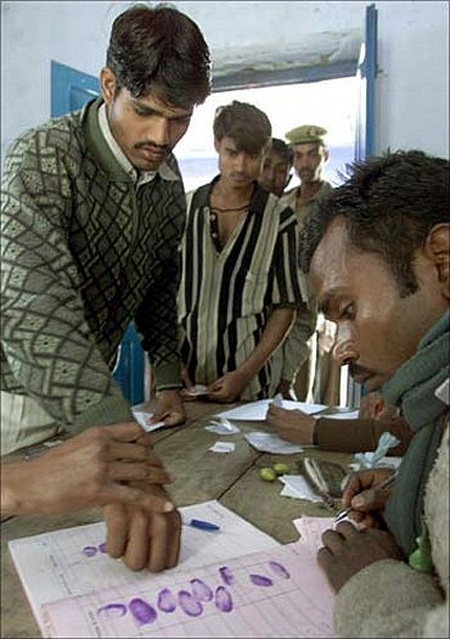
Nilekani says Aadhaar creates a "universal identity infrastructure" so that one is marked for life, instantly recognisable by face, fingers and eyes. Perhaps so in the West where faultless machines rule the roost.
But machines obey bumbling humanity in ageless India. Even assuming the data was accurately and uniquely mine, storing, retrieving and deciphering it will be a formidable task. After all, we are desis only!
My grandmother wouldn't have felt too bereft.